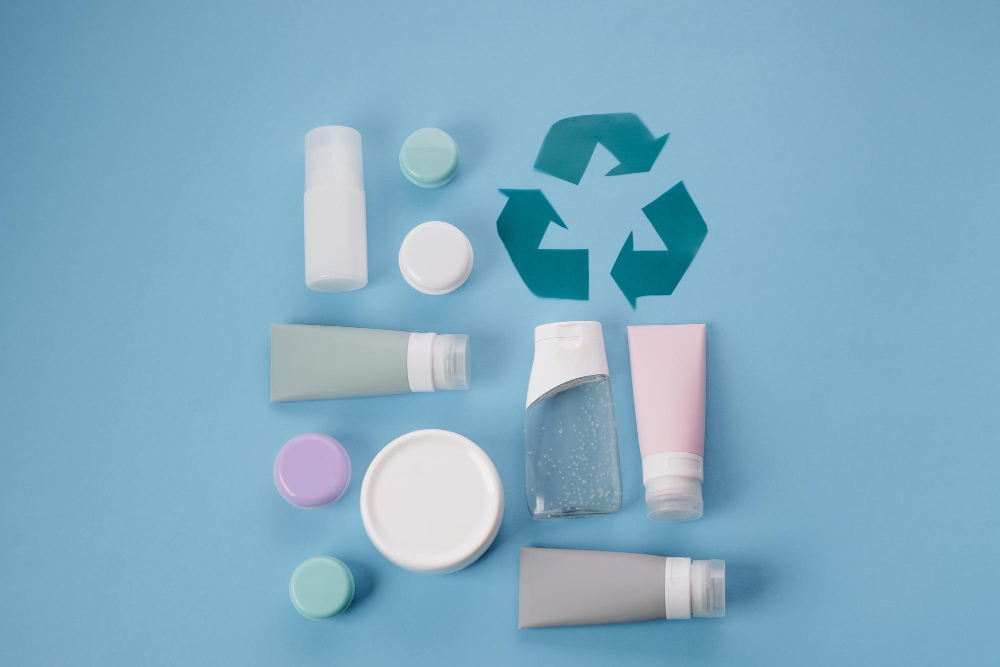In the pursuit of sustainability, recycling has become a buzzword in the beauty industry. From skincare packaging to makeup containers, brands often tout their commitment to recycling as a key component of their eco-friendly initiatives. However, beneath the surface lies a troubling reality: recycling in beauty may not be the panacea it’s often portrayed to be.
While recycling undoubtedly plays a role in reducing waste and conserving resources, the beauty industry’s heavy reliance on this solution has created a culture of misinformation and complacency. Here’s why recycling has emerged as beauty’s biggest misinformation problem:
1. Limited Effectiveness: Despite efforts to promote recycling, the reality is that much of the plastic used in beauty packaging is not recyclable or is difficult to recycle due to its composition or size. As a result, many products end up in landfills or incinerators, contributing to environmental pollution rather than conservation.
2. Greenwashing: In an attempt to appeal to eco-conscious consumers, some beauty brands engage in greenwashing by exaggerating or misrepresenting their recycling efforts. Labels like “recyclable” or “made from recycled materials” may create the illusion of sustainability without addressing the root causes of environmental harm.
3. Lack of Infrastructure: The success of recycling programs depends on robust infrastructure for collection, sorting, and processing recyclable materials. However, many regions lack adequate facilities or incentives for recycling, leading to low recycling rates and limited impact on waste reduction.
4. Single-Use Packaging: The beauty industry’s emphasis on single-use packaging exacerbates the recycling challenge. Travel-sized products, sample sachets, and individually wrapped items generate excessive waste that overwhelms recycling systems and perpetuates a cycle of consumption.
5. Alternative Solutions: While recycling has its place, it should not overshadow more effective solutions for reducing waste and promoting sustainability in beauty. Reusable packaging, product refills, biodegradable materials, and ingredient sourcing are just a few alternatives that offer greater environmental benefits.
To address beauty’s recycling misinformation problem, brands must go above and beyond traditional recycling efforts. This entails transparency in labeling, investment in sustainable packaging solutions, and advocacy for systemic changes to waste management infrastructure. Additionally, consumers play a crucial role in demanding accountability from brands and supporting initiatives that prioritize true sustainability over greenwashing.
In conclusion, while recycling has its merits, it is not the ultimate solution to beauty’s environmental impact. By acknowledging the limitations of recycling and exploring alternative approaches to sustainability, the beauty industry can truly go above and beyond in its commitment to protecting the planet and promoting a greener future.


